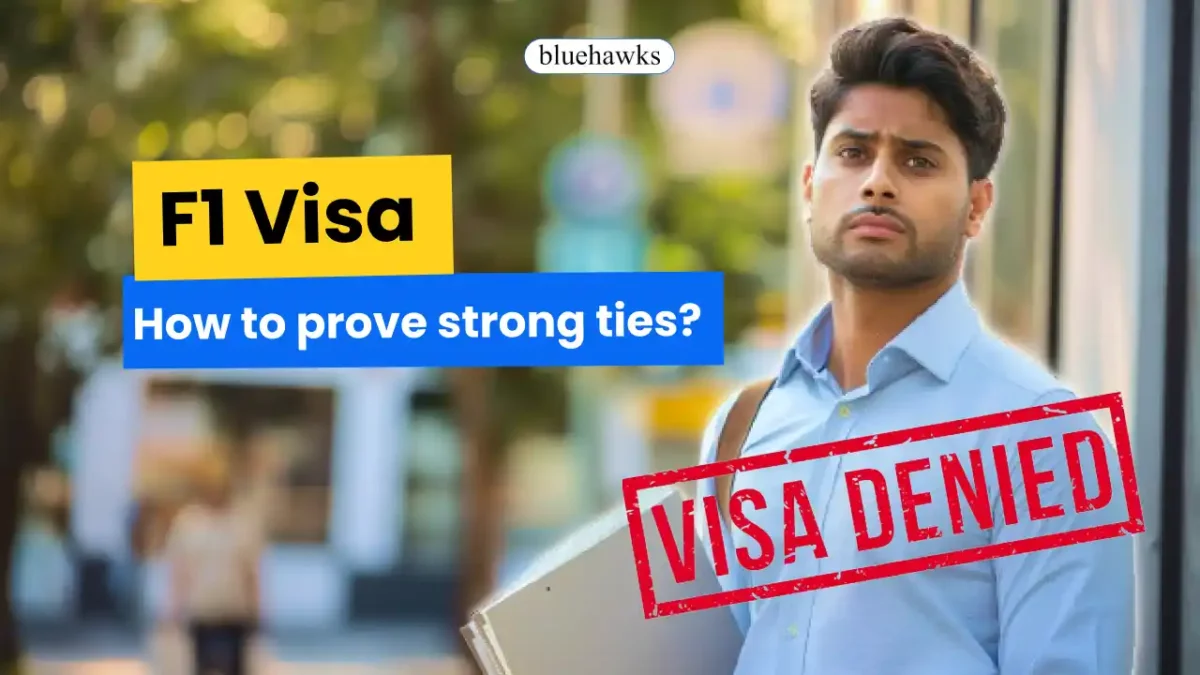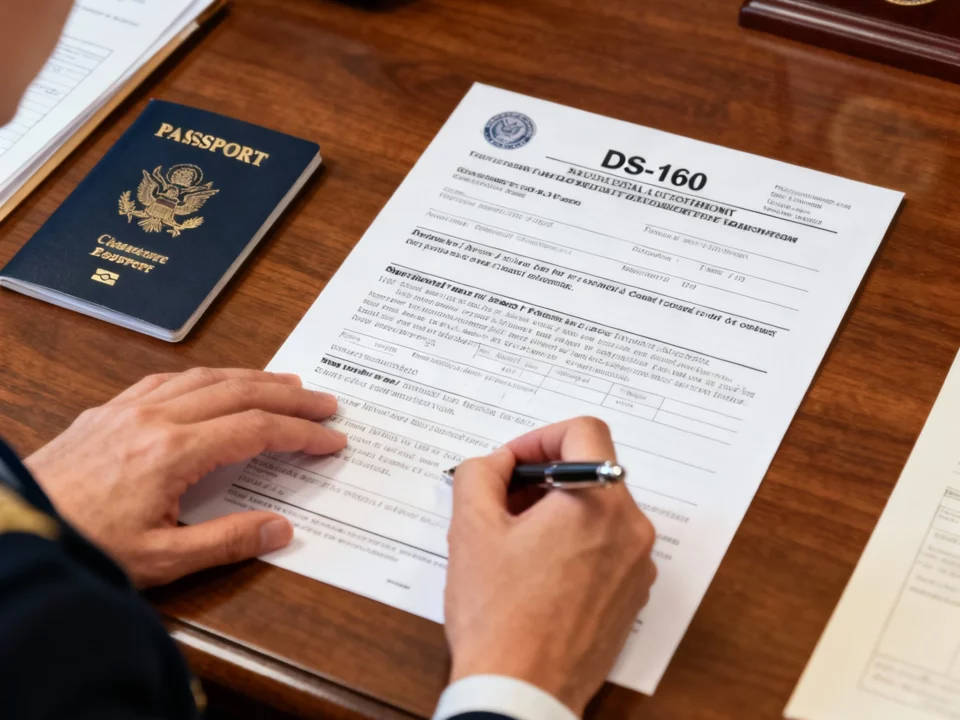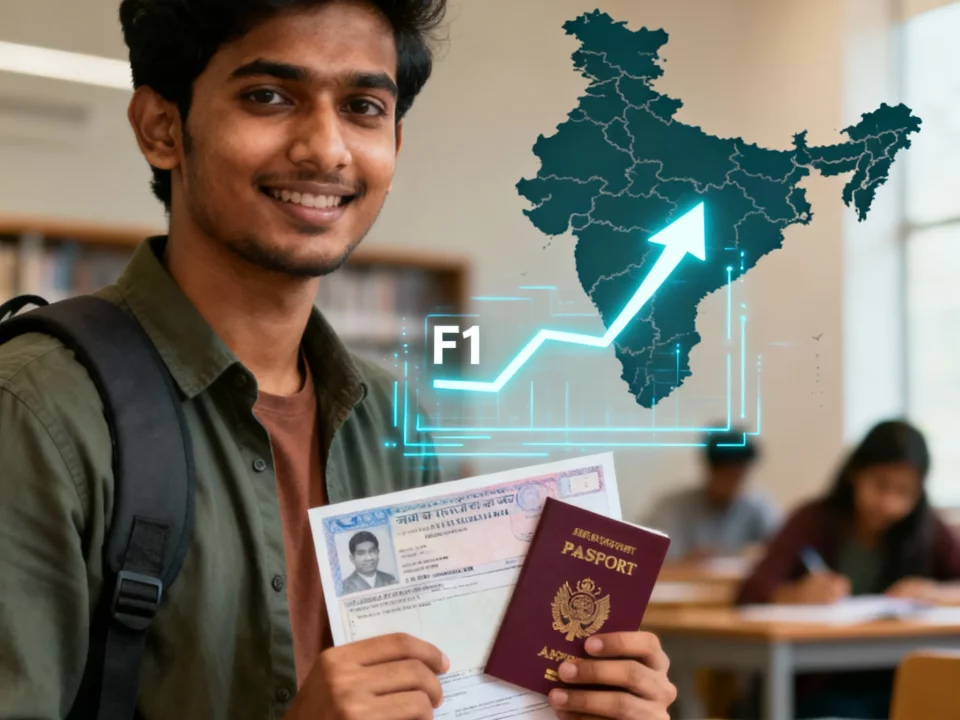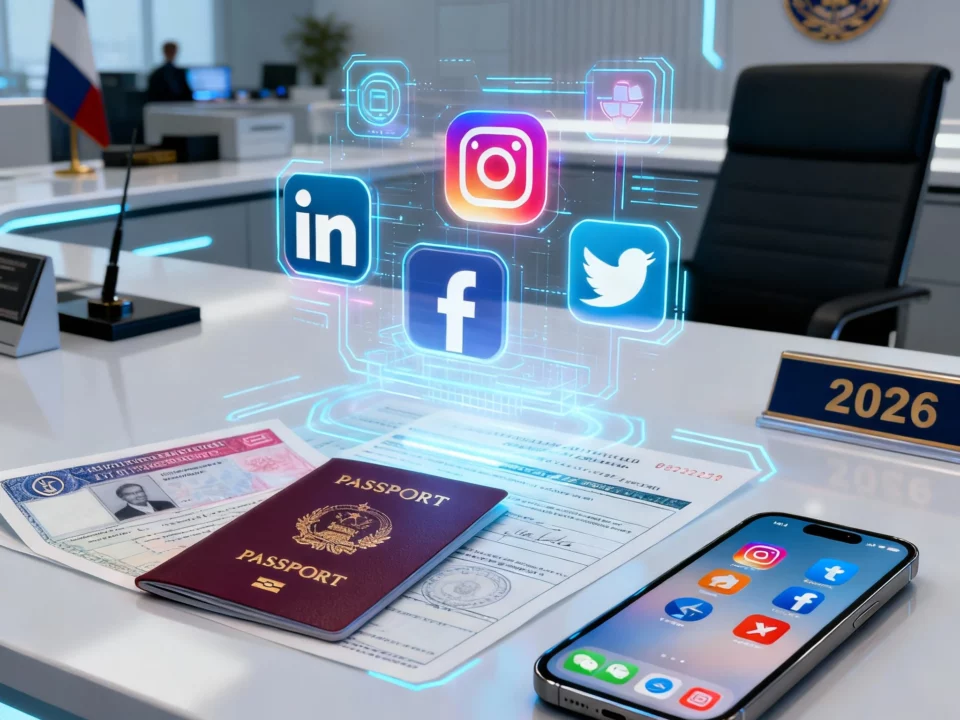F1 visa refusal due to Section 214(b) and steps ahead

F1 Visa Refusal Due to Section 214(b)? Here’s How to Fix It & Get Approved
Introduction
Getting an F1 visa refusal due to Section 214(b) can be frustrating, especially when you have everything planned for your study abroad journey. But don’t worry! A 214(b) rejection is not the end of the road. You can reapply and improve your chances by understanding the common reasons for refusal and how to strengthen your application.
In this guide, we’ll cover:
- What Section 214(b) means
- The main reasons students face this rejection
- Step-by-step solutions to fix the issues
- How to reapply successfully and secure your F1 visa
What is Section 214(b)?
Section 214(b) of the U.S. Immigration and Nationality Act (INA) states that all visa applicants must prove their intent to return to their home country. If the visa officer isn’t convinced, they will refuse the application under this clause.
Common Reasons for F1 Visa Refusal Due to Section 214(b)
Many students get denied due to one (or more) of these factors:
1. Weak Ties to Home Country
- You didn’t show strong reasons to return home after your studies.
- Lack of family, property, or job prospects in your home country.
2. Unclear Study Purpose
- Inconsistent answers about why you chose your university or course.
- You couldn’t explain how the course fits into your career goals.
3. Financial Insufficiency
- Inability to prove that you can fund your studies and living expenses.
- Your bank statements or sponsor details didn’t seem credible.
4. Poor Visa Interview Performance
- Nervousness, hesitation, or giving misleading answers.
- You couldn’t confidently explain your future plans.
5. Previous Visa History Issues
- You have had past visa refusals or inconsistencies in your applications.
How to Overcome Section 214(b) Refusal & Reapply Successfully
1. Strengthen Your Ties to Your Home Country
Visa officers need to see clear evidence that you plan to return home after your studies. You can prove this by:
- Showing family connections (property, dependents, etc.).
- Explaining career opportunities in your home country after graduation.
- Highlighting future job prospects in industries relevant to your field.
2. Prepare a Stronger Visa Interview Strategy
- Practice common visa questions to answer with confidence.
- Be clear about why you chose your university and course.
- Avoid vague responses like “I just like the U.S.” or “I picked this university because it’s ranked well.”
3. Improve Your Financial DocumentationF1 visa refusal due to Section 214(b)
- Show genuine proof of funds from reliable sources.
- Clearly explain who is funding your education (self, parents, sponsors, etc.).
- Ensure all financial documents match the information on your I-20.
4. Fix Errors in DS-160 or Other Application Forms
- Double-check all details before submitting your new application.
- Make sure the information in DS-160, I-20, and your answers match.
Can You Reapply After a 214(b) Refusal?
Yes! There is no waiting period, but you should only reapply when you have made significant improvements in your profile.
Steps to Reapply Successfully:
- Analyze your first interview and identify mistakes.
- Fix the weak points in your application (home ties, finances, study plan).
- Book a new visa appointment and be better prepared for the next interview.
- Seek expert guidance to ensure a well-structured approach.
Success Stories: Students Who Overcame 214(b) Refusal
Case Study 1: Ganesh’s Story
- First attempt: Visa rejected because he couldn’t explain why he chose SUNY Utica over other SUNY campuses.
- Second attempt: Worked on a clear, structured answer for his university choice.
- Result: Approved after explaining how the course aligns with his career goals.
Case Study 2: Gurpreet’s Journey
- First attempt: Nervous during the interview, couldn’t answer why she chose Seattle University.
- Second attempt: Attended mock interviews, built confidence, and structured responses.
- Result: Approved in the second attempt.
Final Thoughts: You Can Still Get Your F1 Visa!
A Section 214(b) refusal is not permanent. By identifying weak areas, fixing them, and preparing effectively, you can reapply and succeed!
Need Expert Help?
At Bluehawks EduAbroad, we specialize in F1 visa interview preparation. Our students have successfully secured visas after multiple refusals.
📞 Book a free consultation today!
FAQs
1. What are the most common mistakes that lead F1 visa refusal due to Section 214(b)
The most common mistakes include not showing strong home ties, weak financial proof, and unclear study plans.
2. How many times can I reapply after a 214(b) refusal?
There is no limit, but you should only reapply once you’ve improved your application.
3. What documents can help prove my strong home ties?
Documents like property ownership, job offers, business documents, and family responsibilities can strengthen your case.
4. How soon can I reapply for an F1 visa after a 214(b) refusal?
You can reapply anytime, but it’s best to wait until you’ve addressed the reasons for your refusal.
5. Can I change my university in my second visa application?
Yes, but you must clearly explain why you switched universities and how it benefits your career goals.



